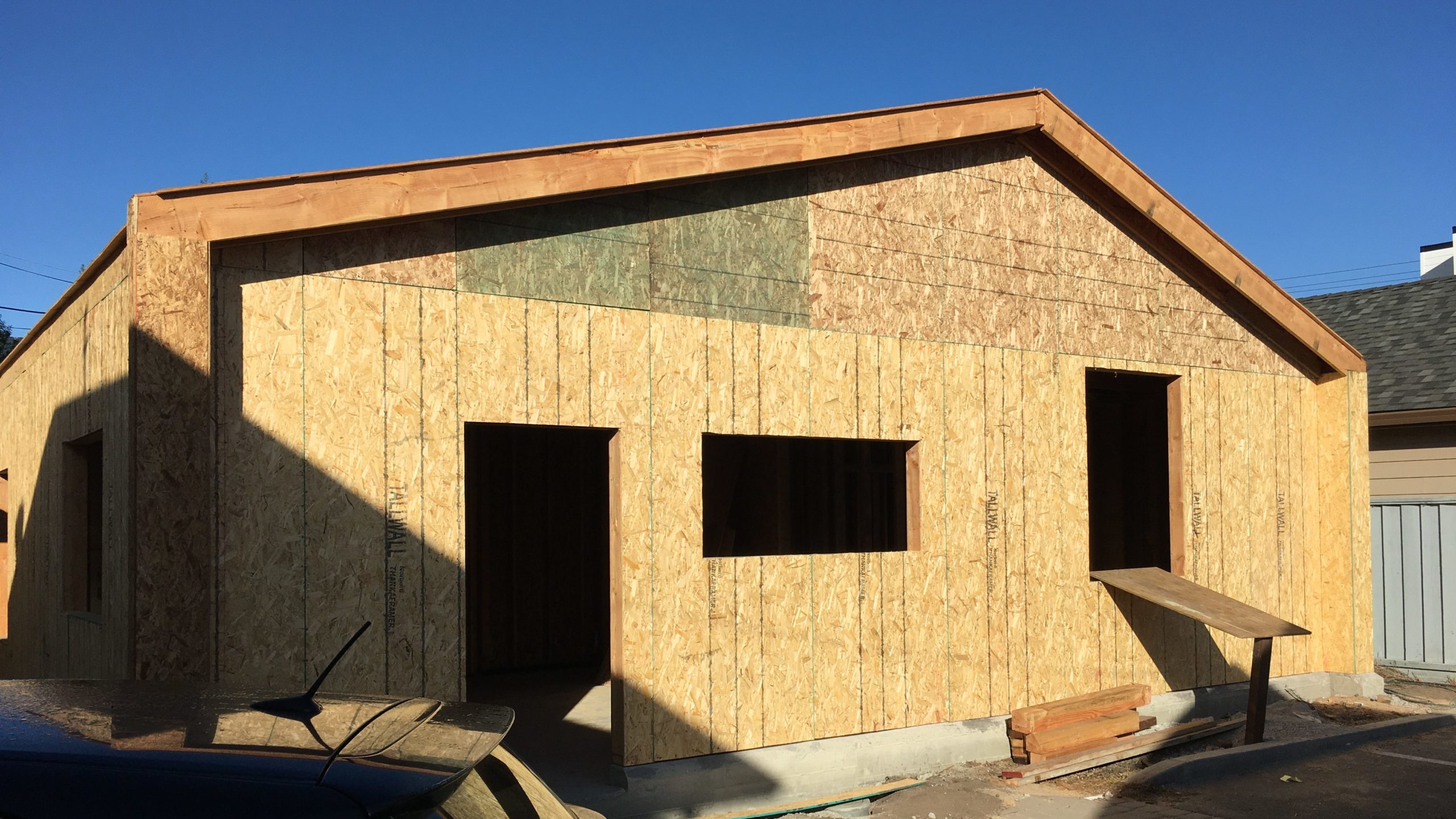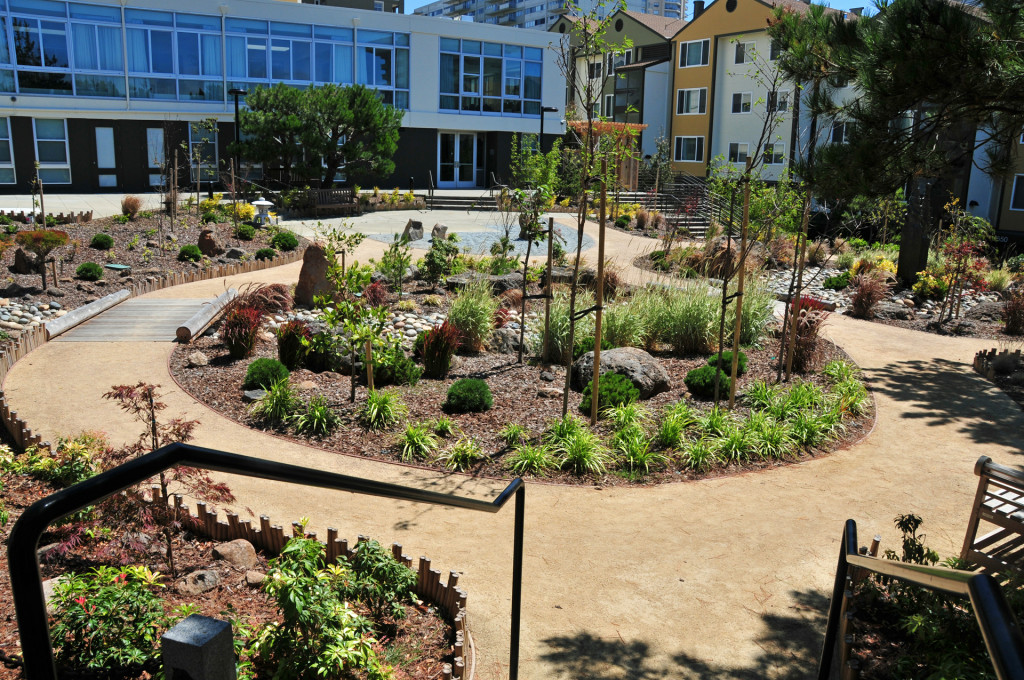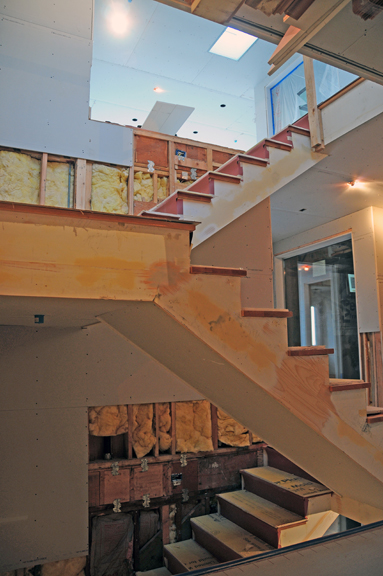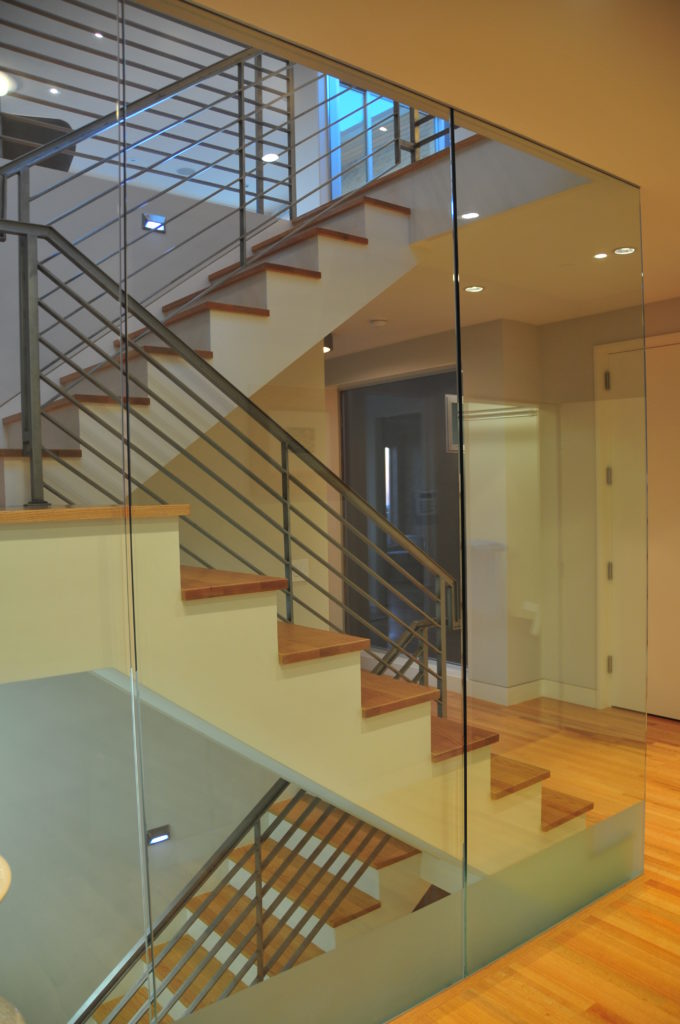Safety is the primary reason for building code regulations
The building permit process is a way for the city to regulate the building codes. A building permit is needed for all renovation and new construction. In many cases, a building permit is also needed for repair or replacement of existing fixtures, such as windows replacement. A mechanical, electrical or plumbing permit maybe needed for changes or addition to the existing mechanical, electrical or plumbing system; for example, moving or adding an electrical outlet or a plumbing fixture requires a permit. Most building permits need drawings submitted to the city to show the improvements and the type of construction being proposed. Once the permit is issued, you’re required to build the project and if any changes are made to the work, it must be made with the City’s approval. Some permits can be issued over-the-counter while other permits require additional time for reviews. In San Francisco, a building addition permit can take approximately 24 months. Building codes were created for safety reasons. If you perform work without permit, then, it is a violation of codes and you will be subject to fines and penalties. You will also require to obtain permits for the work created and if the work does not comply with codes, you will have to demolish the work.
Some common building code questions
Opening or Windows – Generally, openings such as windows are not allowed within 0 to less than 3 feet from the property line, unless the windows are facing a street or back yard. Limited windows areas are allow from 3 feet to less than 5 feet. For residential projects, openings are not limited when they are located at 5 feet or greater from the property line.
Ceiling Height – Generally, the minimum ceiling height is 7′-6″; Bathrooms, toilet rooms, kitchens, storage rooms and laundry rooms shall be permitted to have a ceiling height of not less than 7 feet.
Egress Window – The size of bedroom window for emergency escape in a wood frame non sprinkler residential buildings should have a minimum net clear open area of 5.7 square feet. The minimum net clear opening height shall be 24 inches. The minimum net clear opening width shall be 20 inches.
Natural Ventilation – The minimum net openable window to the outside is 4 percent of the area of the room.
Natural Light – The minimum net glass area is 8 percent of the floor area of the room.
Heating – Spaces for human occupancy shall be heated & maintain a minimum indoor temperature of 68°F at a point 3 feet above the floor.
Building Expansion
If you plan to expand your building, consider the following questions.
A. Will the expansion trigger additional parking? Most cities prefer to hide or recess the garage door. Some cities will allow one parking at the existing front landscape area as long as a percentage of landscape area remains, approximately 25%.
B. Has the building reached its maximum allowable size or floor area ratio (FAR)?
1. In City of Millbrae, R-1 single family zone, the allowable area is 55% of the lot area.
2. In San Francisco, the height limits & horizontal setbacks take more precedence over Floor Area Ratio. All San Francisco residential RH zone areas have a rear setback of 30% of lot depth.
3. In City of Sunnyvale, a single family house in R-0, R-1 and R-2 zone is 45% of the lot area.
4. In the City of Burlingame, the maximum lot coverage is 40% for single family lots.
C. Has the building reached its maximum allowable height limit? Most single family zones in San Francisco have a height limit of 35 feet. Most of the other neighboring cities are approximately 30 feet.
Works exempt from permit per 2022 California Building Code.
Please note individual city may have their interpretation & variation of the California Building Code.
1. One-story detached accessory buildings used as tool and storage sheds, workshops, playhouses and similar uses, provided the floor area is not greater than 120 s.f. I suggest that if the structure has a roof overhang, then, the projected roof area shall not be greater than 120 s.f.
2. Fences not over 7 feet high. For San Francisco, any fence not over 6 feet at the side or rear of the property & 3 feet in height along the front of the lot. Click Here for more information for fences in San Francisco.
3. Retaining walls that are not over 4 feet in height measured from the bottom of the footing to the top of the wall. If this wall is supporting a surcharge, then it will require a permit.
4. Painting, wallpapering, tiling, carpeting, cabinets countertops and similar finish work. Painting with scaffolding will most likely need a permit especially if the scaffolding is on the sidewalk or public right of way outside your property.
5. Prefabricated swimming pools in 1 & 2 family dwellings in which the pool walls are entirely above, the pool is less than 24” deep and if the capacity does not exceed 5,000 gallons.
6. Shade cloth structures constructed for nursery or agricultural purposes, not including service systems.
7. Swings & other playground equipment accessory to detached 1 & 2 family dwellings.
8. Window awnings in 1 & 2 family dwellings & U occupancies, supported by an exterior wall that do not project more than 54 inches from the exterior wall and do not require additional support.
9. Non Fixed & movable fixtures, cases, racks, counters & partitions not over 5 feet 9 inches in height.







